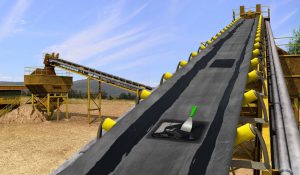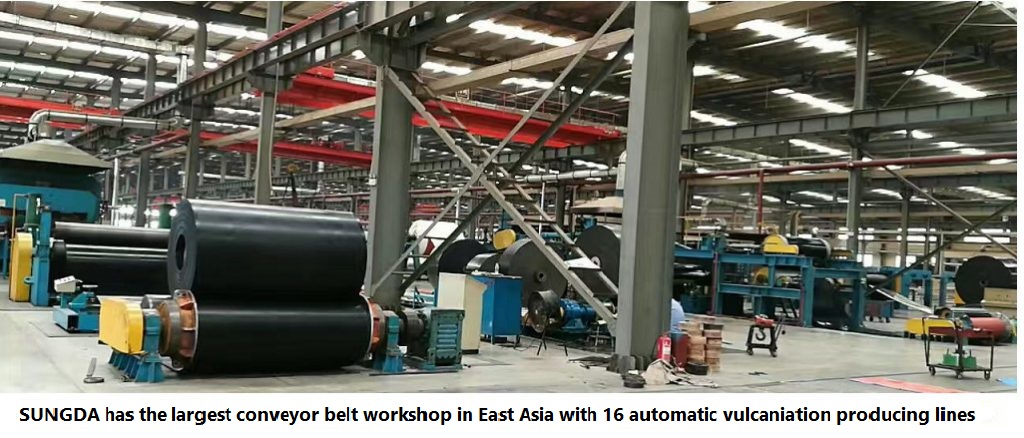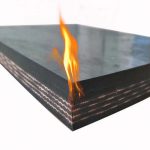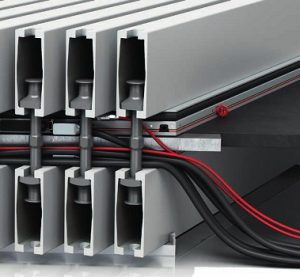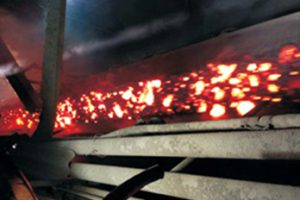Various connection methods of flame resistant conveyor belt
The connection method of flame-resistant conveyor belt can be divided into mechanical spclicing and adhesive spclicing. According to the bonding temperature of the spclicing, there are two types of bonding splicing: thermal bonding and cold bonding. According to the material of the conveyor belt, the thermal rubber splicing of the rubber conveyor belts are called vulcanized splicing, and the thermal rubber splicing of the plastic conveyor belts are called plasticized splicing.
The mechanical spclicing connects the ends of the two conveyor belts by mechanical connection. The installation is simple, the whole core flame-resistant conveyor belt can be loaded and unloaded at any time, but the spclicing strength is low. Good mechanical splicing reach 75% of the strength of the conveyor belt, and bad mechanical splicing reach 40%~50%. The splicing have poor groove properties. Mechanical splicing include hook type, fastener type, hinge type, plate type, head riveting type, etc. Mechanical splicing can only be used to connect the flame resistant layer and the whole core conveyor belt. The nailed mechanical spclicing has the highest strength among all types of mechanical splicing. In the coal industry, the hook type and the snap type are the most widely used.
Vulcanized splicing are suitable for the connection between laminate cores and rubber conveyor belts with steel cord cores. The core and the target surface of the conveyor spclicing are butted in a certain form and process, and flame-resistant glue is applied to the spclicing surface to bond it. Then, put the spclicing into a vulcanizer and heat it for a certain period of time under certain pressure and temperature conditions to obtain the most suitable bonding strength for the spclicing. The strength of the vulcanized spclicing can reach 90% of that of the conveyor belt. The vulcanized spclicing of the high-strength steel-core conveyor belt needs to be inspected by X-ray. The core conveyor belt of flame-resistant steel wire rope can only be connected with vulcanized splicing. Both vulcanized splicing and mechanical splicing for flame-resistant laminated rubber conveyor belts can be connected.
The plasticized spclicing is suitable for organizing the whole flame-resistant plastic conveyor belt with core. The process flow of the production process is basically similar to that of the vulcanized spclicing, except that the specific Paralympic instruments are different. Its strength reaches 75% to 80% of the strength of the conveyor belt.
Cold splicing are suitable for rubber conveyors. The manufacturing process is basically similar to the vulcanized spclicing, but the spclicing vulcanization is not heated, but a certain pressure is applied at room temperature and kept for a certain period of time (determined by the ambient temperature) to make the spclicing surface of the flame-resistant rubber and the spclicing harden naturally. Its strength is slightly lower than that of vulcanized splicing. The cold spclicing does not require a heat source, the equipment and operation are simple, and the labor intensity is low. The paste used for cold glue is a toxic substance, so you need to wear protective gloves and a mask to stand upwind to prevent poisoning.
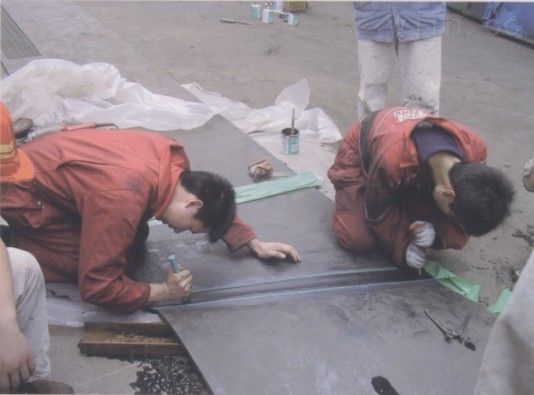
EP conveyor belt spclicing section repair
Tags: conveyor belt splicing,Flame resistant conveyor belt



